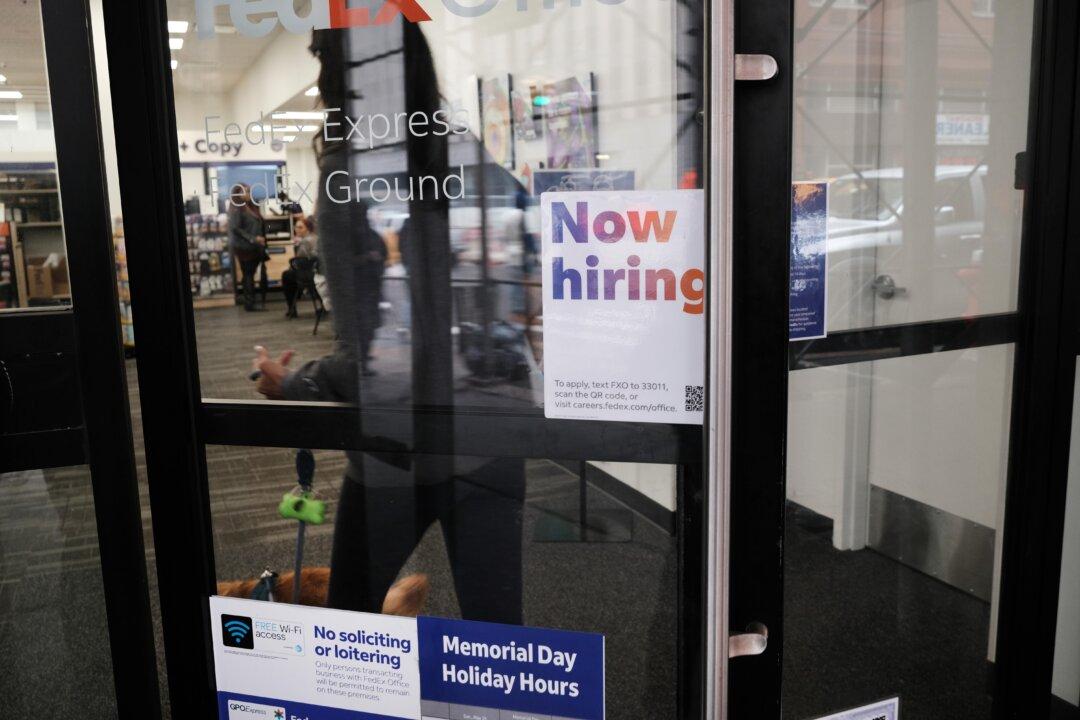Company payrolls have expanded in recent months, even as the number of employed Americans has declined, according to the findings of two different government surveys. The paradoxical results might indicate that U.S. job growth has been somewhat weaker than it has appeared.
Non-farm companies added more than 1.1 million employees in April, May, and June, according to the Bureau of Labor Statistics (BLS) establishment survey. In the same period, the total employment level in the country declined by nearly 350,000, the Census Bureau household survey said.





